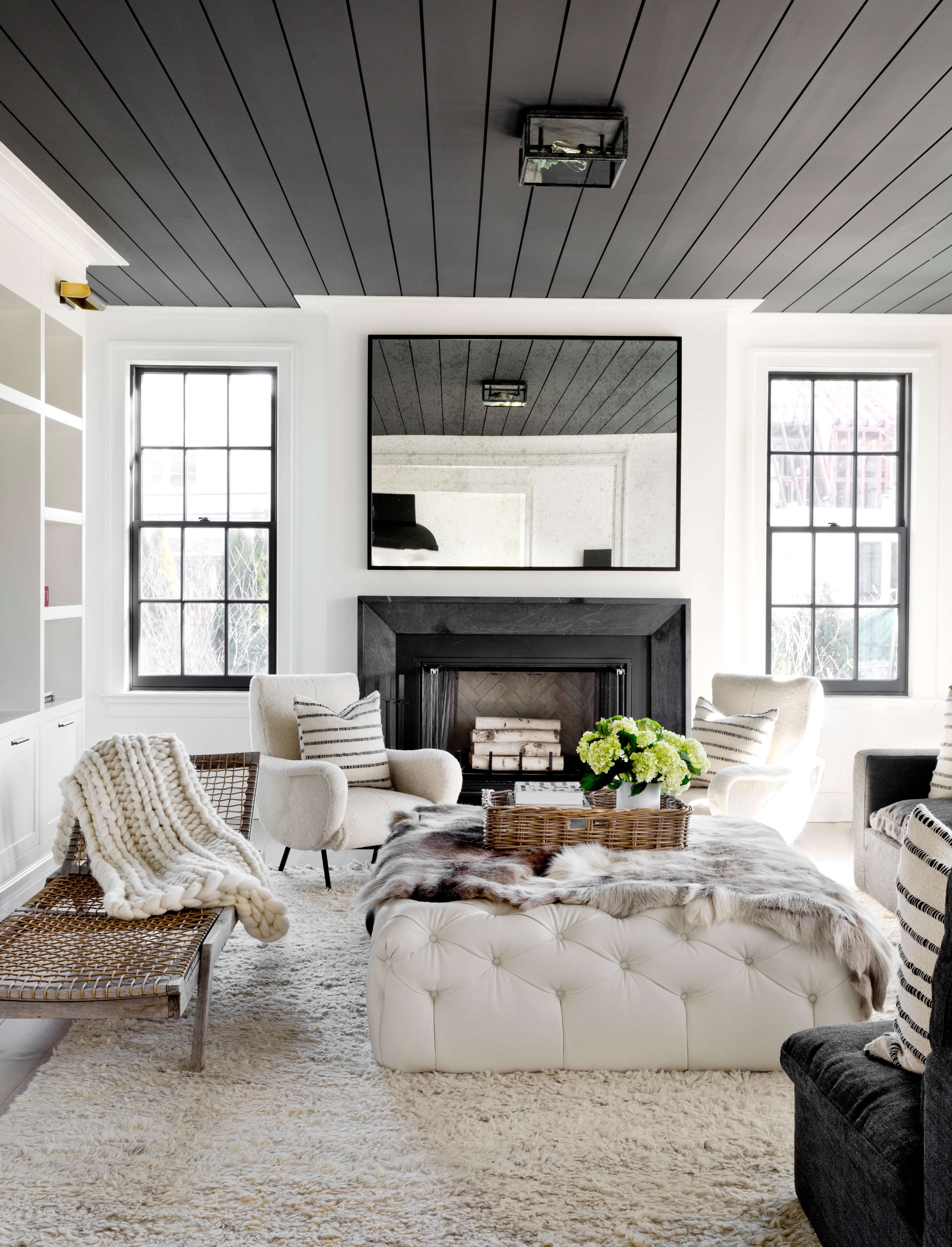When & How To Use Dark Paint Colours
ou probably always hear that if you want a room to be bright and spacious, that you should paint the room a light colour. While this is true in many cases, there are situations where a dark colour can enhance the space and also make it feel spacious! Dark colours can cause edges of the room to blend together, giving the illusion of more space. It’s not necessarily true that a small space must be painted a light colour! While I wouldn’t say that a dark colour will make a room look brighter, what I can say is that a dark colour in a room with the right amount of natural light can still be bright enough to not feel like a cave and still look spacious too.
If you find your home is dark, and you’re wanting a lighter & brighter space, then you need to add light-coloured finishes to reflect the light more. In this case, we recommend having light walls and a lighter floor. In addition, adding some lighter furniture pieces, cabinetry, and other accents can help too.
Where to use dark colours really depends on the use of the space. In rooms like ensuite bathrooms and kitchens where it’s important to be able to see what you’re doing, a lighter colour is often best. But there are several rooms where dark colours can do really well, such as basements, master bedrooms, powder rooms, and bonus spaces like a library, theatre room, or games room. For example, in a basement there are usually small windows and the natural light isn’t great. Rather than looking at this as a negative aspect, you can play up this feature by using a dark colour (in combination with adequate light fixtures) and create a space that’s moody, cozy, and elegant. The same applies for a powder room or master bedroom, or dining room! You can play up the moodiness or coziness with a darker colour. And if you are lucky enough to have plenty of natural light in these spaces, you can still use a dark colour if you want to! Just keep in mind that the darker colours will absorb more of the light and dim some of the brightness in the room.
If painting a room dark is still feeling too risky for you, there are some other great ways to add a dark colour that are a bit safer! Try one of these ideas:
Paint an accent wall. Instead of painting your whole room dark, paint a dark feature wall.
Paint just your doors. Paint your door(s) a dark colour and keep the walls lighter. This can look incredible!
Didsbury Renovation by Marianne Elizabeth Design
Paint or stain your trim, and/or do a dark wainscoting with a light colour above, or vice-versa. This will give you the best of both worlds! Not to mention that wainscoting is an amazing feature that will take your home from builder-basic to custom character! Having dark or painted trim as opposed to the typical white can give your home an incredible, custom, and unique-looking space.
Paint the ceiling. This is another way to add a really unique element.
Additional Tips On How to Use Dark Colours
Mix dark colours with light-coloured accents such as lighter furniture, area rugs, or window coverings. This prevents it from feeling too much like a dark cave, and also creates some contrast in the room, which adds depth and dimension.
Choose paint colours that have multiple colour tones in them, rather than just one “colour”. So for example, a greyish-blue rather than just blue. Or a greenish-grey rather than just grey. Or a purpley-brownish-red rather than just red. Using these deep, rich, versatile colours look so much better than a simple, primary shade. You almost want to look at it and think “I can’t quite tell you what colour that is”.
So who’s feeling adventurous and ready to paint some dark colours?! We’re excited to help you with that!




